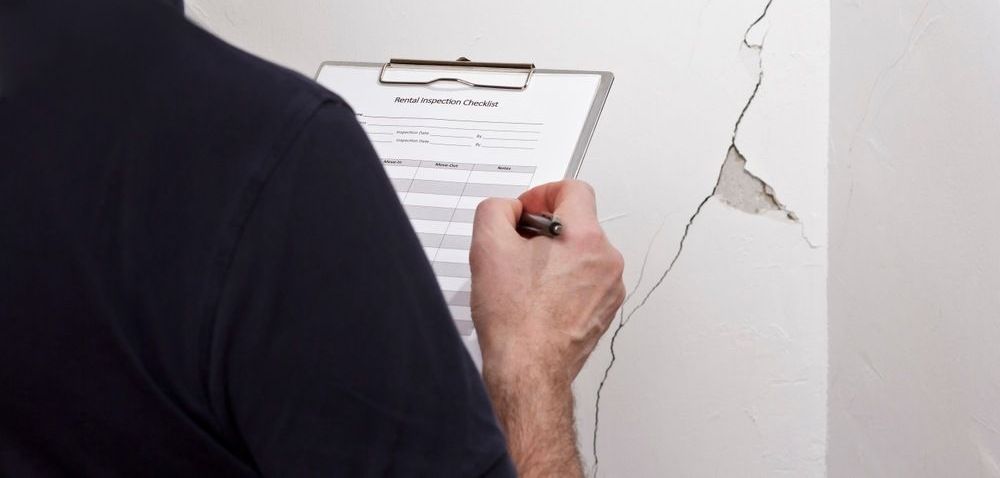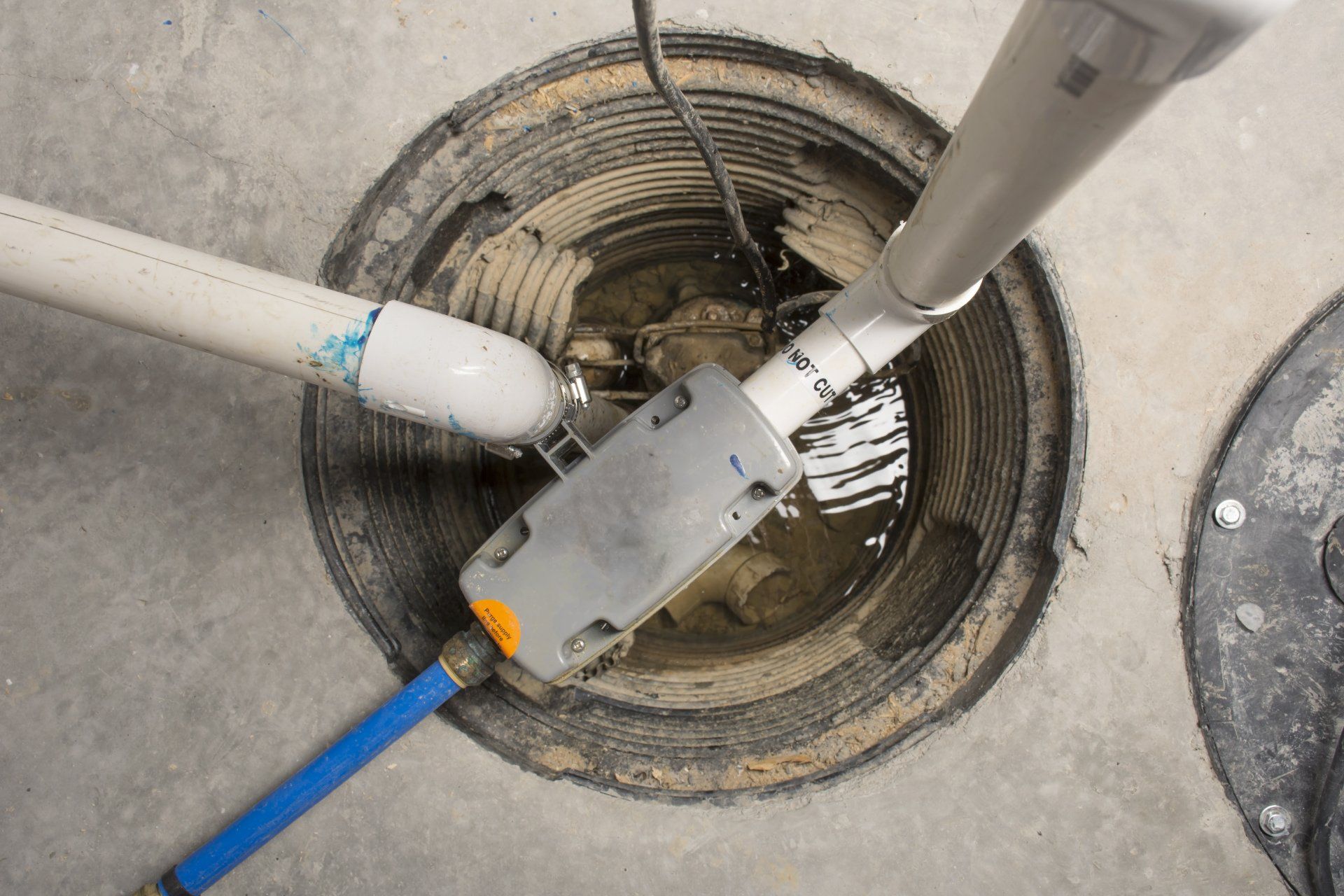Are You Seeing New Cracks in Your Home?
New Cracks in Your Home Can Signal Foundation Issues - Don't Delay a Professional Assessment

New cracks in the house can be quite scary since they may be a symptom of serious structural problems, one of which is your home's foundation. When ignored these new cracks might lead to expensive repairs or even threaten the safety of your home. Cracks are usually due to foundation settlement, changes in moisture, or soil movement. This is especially true with homes in the Midwest, when our foundations are in clay soil, precipitation goes from drought to flooding; and we have freezing and thaw cycles often. The earlier the problem is identified, the less damage there will be. A professional can determine the source and suggest remedies accordingly.
Key Signs That Require Immediate Attention
Horizontal or Stair-Step Cracks in Walls
These are some of the most alarming forms of cracks, which usually appear in brick, concrete, or block walls. The horizontal crack commonly results from the movement of a foundation due to excessive lateral pressure resulting from water-saturated soil or bad drainage. The stair-step crack takes on a staircase appearance and often reflects uneven foundation settling or shifting. If not treated, these will make your walls and foundation unstable.
Large Cracks Wider Than 1/8 Inch
Cracks over 1/8 inch wide are not just cosmetic problems but also structural ones. Such cracks may indicate significant foundation settlement, structural stress, or improper load distribution. Over time, if these cracks progress, they can lead to costly repairs, sometimes even reinforcement or underpinning of the foundation.
Uneven Gaps Around Doors and Windows
Do you have sticking doors or windows that won't close correctly? These conditions commonly follow the appearance of door or window frame cracks due to foundation shifts. When your foundation moves, the top structure follows this action in movement, making it unbalanced and thus distorting or creating gaps within it, which will take away its functionality and attractiveness.
Sudden Appearance of Cracks After Heavy Rain or Drought
Weather is a major factor in the health of your foundation. Heavy rainfall can over-saturate the ground and cause the soil to expand and push against your foundation. Drought can cause soil to shrink and create voids under your structure. Both can create sudden cracks that commonly pop up on your walls, ceilings, or floors.
Why Professional Assessment Matters
Expertise
Professionals like structural engineers or certified inspectors offer specialized knowledge in assessing the severity of cracks. They can differentiate between slight superficial damage, such as minor shrinkage cracks, and serious structural issues arising from foundation settlement or soil movement. This ensures that no important detail goes unnoticed and puts your mind at rest regarding the safety of your home.
Use of Advanced Tools
Professionals use various specialized tools to ensure thoroughness in assessing your home's structural issues. Moisture meters detect water intrusion hiding behind walls or in the foundation, which could weaken the structure. Core sampling evaluates wall and foundation materials for strength and durability. Settlement mapping software can find uneven movements in the foundation, offering precise information about the shift in the structure.
Avoiding Costly Mistakes
Trying to remedy the cracks without finding the root cause of the problem can worsen them. For instance, patching a crack from foundation settlement without addressing the movements may result in recurring damage or worsening structural issues. Professional assessment ensures that only necessary repairs are made, saving time and money in the long term.
Assessment Process
Visual Inspection
First, the professional performs a detailed visual inspection. They evaluate the cracks' size, shape, and location. The specialist searches for the pattern of the cracks—horizontal, vertical, or stair-step—and misalignment of doors, windows, and floors or bowing of walls, which could point to the movement of the foundation. This helps to identify whether the cracks are superficial or structural.
Core Sampling
Core samples are extracted from walls or foundations when material composition or strength needs to be evaluated. This helps to evaluate weak points in construction or damage caused by the environment.
Moisture Testing
Inspectors also employ moisture meters to determine whether dampness in the wall, floor, or foundation is a contributing factor in this damage. Early detection of moisture issues is vital to prevent further damage, either structurally or through mold growth.
Settlement Mapping
The inspectors use sophisticated equipment to measure the foundation movements that indicate uneven settling. This provides a mapped record of the structural movements that offers insight into how the foundation is behaving over time.
Report Delivery
Once the test is done, the expert gives a comprehensive report showing his findings. The nature of the cracks, the cause, and an analysis of the severity of the crack are included in the report. It also goes ahead and gives expert recommendations for repairs, including the cost estimate such work may require. This report guides the homeowner in making informed decisions on the next steps, whether repairs, maintenance, or further monitoring.
What to Expect During an Assessment
Inspection Process
The inspector will visually examine the crack and surrounding areas, including doors, windows, and floors, searching for any patterns or shifting that may be occurring. They may have questions about your home's history, like recent weather changes or earlier problems. They may perform some moisture tests or take core samples for further information, depending on the circumstances.
Common Recommendations
After the assessment, the professional explains the findings and recommends possible solutions, which may include repairs to the foundation, waterproofing, or structural reinforcements, depending on the seriousness of the damage.
Estimated Costs
At the end of the inspection, the expert will give an estimated cost of repair and a breakdown of costs involved in materials, labor, and any additional services that may be involved. In this way, you get a clear idea of what is involved in the way of repairs to make up your mind. The quotation may also include options for different levels of repair or solutions that you could avail of, depending on your budget.
Ready to Get Your Home Assessed?
Don’t wait if you notice cracks in your home. A professional assessment can identify the cause and prevent expensive repairs. Take action now to prevent foundation damage and create long-term stability for your home. Get started today by contacting our trusted expert at PierMagic!




